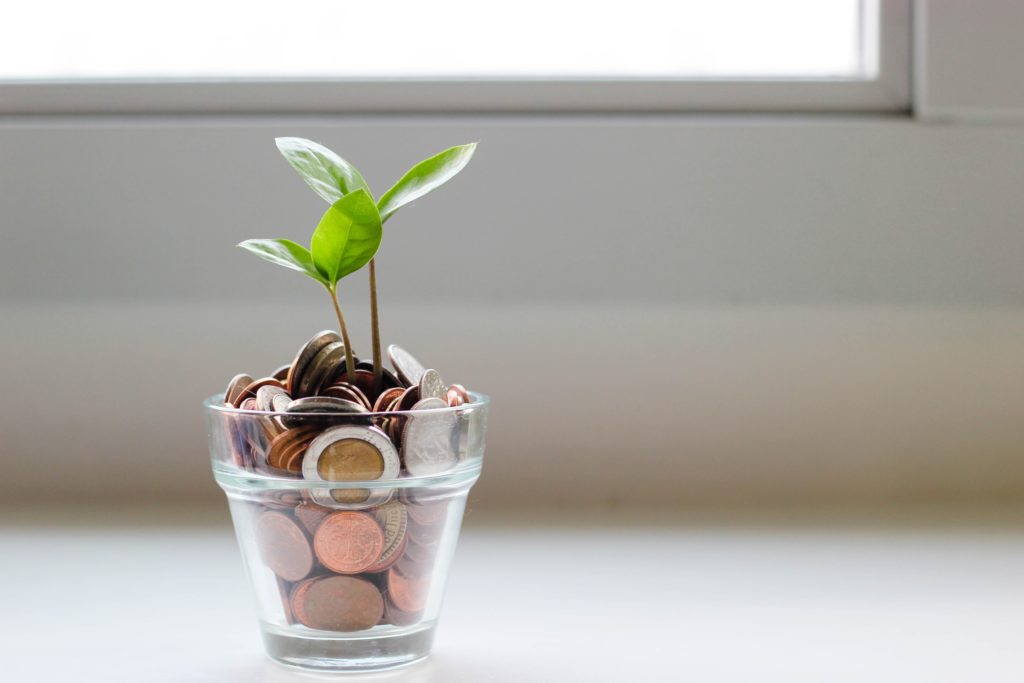A saving account in a low-interest-earning account in either a bank or other financial institutions. To accumulate money in your savings account, you need to deposit money regularly and discipline yourself from withdrawals. Here we will see How much money should you keep in your standard savings account?
Experts say one should have a savings of at least six months of his/her mandatory expenses like food, shelter, clothing, kids’ schooling, etc. This will shelter you in case you lose your source of income unexpectedly. However, most people feel more comfortable having more than a year’s worth of living expenses. Experts also advise that it is best to have more money in your standard savings account than your 12 months of living expenses to enable you to seize great investment opportunities that may arise.

Setting the Right Target for Your Savings
To set your savings goals, you need a goal and a plan. We can start by setting a goal. Savings goals can be guided by
- Want to create an emergency fund
- Purposing to have a six-twelve month living budget
- Savings for college self or for your kids
- Savings for retirement
- Saving for investment
Each of these goals requires a different amount of money. You need to be very precise with the amount of money you need to hit your goal and have a clear timeline. For example, you need to create an emergency fund to save.
First things first: what do you consider an emergency? Could it be a job loss, a medical bill, losing a family member, car expenses, etc.? whichever the emergency, estimate how much you wish to set aside to handle that emergency comfortably. Remember, you can’t have all the money in the world to solve all future unseen events, hence keep your targets reasonable. Let’s assume you have scientifically(using your actual hospital bills, factoring in inflation, and your health status) settled on 20,000 dollars as your emergency fund.
The next step is to come up with a plan on how to raise the money. Start with where your income comes from and how much you can put aside toward your emergency fund goal. Experts give different models for growing your savings, including
1.50%/20%/30% rule -This means you dedicate 50 % of your salary to all your needs, including rent, food, clothes, transportation, etc. The next 20% of your salary is set aside as savings, either for a rainy day, for investment, college fees, etc., and lastly, the remaining 30% is dedicated to your wants; this could be movie tickets, lunch out, etc.
2.40%/30%/20%/10% Rule- This means 40% of your salary goes to monthly bills, e.g. rent, water bills, electricity bills, etc. 30% goes to short-term self investments eg A trip to China, a one-week vacation, etc. Then, 20% of your salary goes to your finances. And finally, 10% of your salary goes to long-term investment, something you will not touch for a long, long time unless it is a life or death situation.
Financial Institution to Keep your Savings
Where you keep your savings is as important as your savings themselves. So make sure you evaluate the following factors
- Accessibility- easy to access your money when you need it.
- Returns-never put your savings where it earns nothing. Savings due to their ease of accessibility earn low interest but it is better than nothing.
- The risk of losing your money-High interest may attract you, but financially, the higher the interest, the higher the risk. Let your risk appetite be medium and your money will be safe
The following financial institutions have been rated by experts as the best places to keep your savings.
- Money markets
- Banks savings accounts
- Banks fix deposits
- Insurance policies
Conclusion
Personal financial experts advise that one should have enough savings to cover three to six months’ living expenses, but it never hurts to have up to 12 months or more. This savings can be used for emergencies like job loss and medical bills. for the retirement of future education funds. You will need to set your savings goals precisely and have a plan in place for how you are going to achieve them. Once this part is done, then you need to choose where to put your savings after evaluating various factors like ease of accessibility, return on your savings, and safety of principal amount.
Frequently Asked Questions
1. How to Increase My Saving Amount every month
There are various ways that you can increase your monthly savings contribution towards your goals, as outlined below.
- Get a side hustle like selling stuff online.
- Cut down your monthly budget by 1% and save it.
- Live below your means. It won’t hurt.
- Use coupons to shop for your necessities.
- Carry your lunch to work.
- Try DIY projects; they can really cut your cost
- Buy quality stuff that last long rather than poor quality that need frequent replacement.


